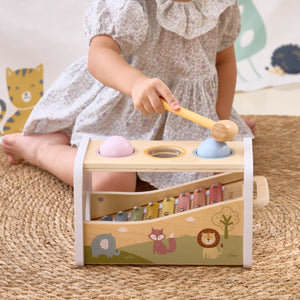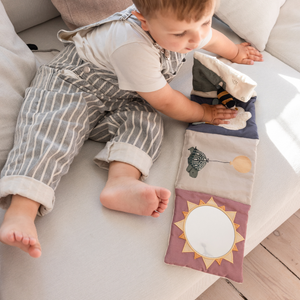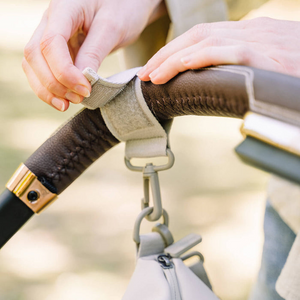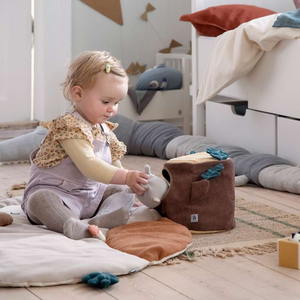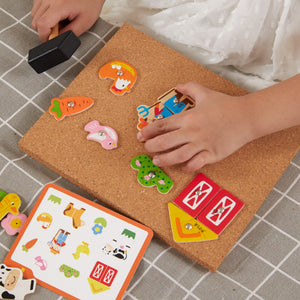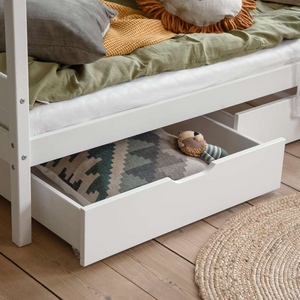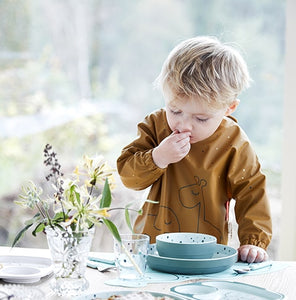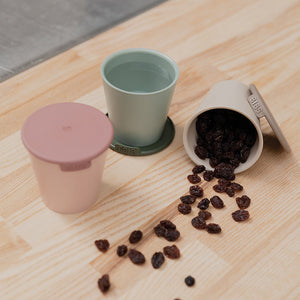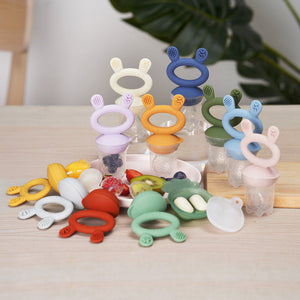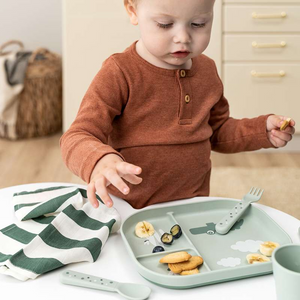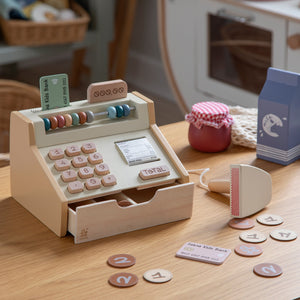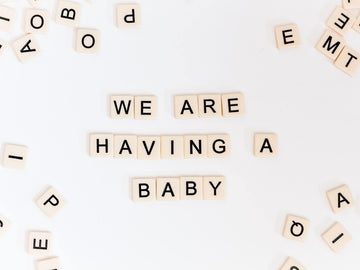As you approach your due date and start hoping for contractions, or when labor begins, there are actually some things you can do to achieve more and/or better contractions. In this article, you can read about which hormones create contractions and what you can do to activate them.
Safety plays a big role
Pregnancy opens up a wealth of different hormones that prepare for labor and ensure that it can begin and be carried out as it should; oxytocin is one of the most important.
Oxytocin is the hormone that creates regular and, hopefully, good contractions that help ensure that labor progresses. The hormone is also referred to as the “love hormone” because it is particularly released in situations of safety, well-being, and physical touch. Oxytocin promotes contractions, but it can also help soothe the associated pains.
Once labor is over, it is also oxytocin that, in connection with breastfeeding, ensures the let-down reflex. Furthermore, the hormone is important for the bonding between mother and child.
Kickstart the process – how you can speed up contractions
When labor is in its early stages, you may experience mild contractions or water breaking. For you to go into active labor, the contractions need to develop in both length and frequency.
You often hear myths about how to initiate the first contractions. But what can you do once the contractions have started?
This is where oxytocin comes into play: The hormone is activated in connection with well-being, and although contractions can feel stressful or uncomfortable, especially if it's your first time, it can be very helpful to focus on things that make you calm and happy: Music, massage, and good food can work wonders.
By being calm, relaxed, and happy, the start of labor may possibly be shortened, and you can more quickly begin the active part of labor.
It all sounds very good, but do you even have time for food, a bath, or a massage when labor is underway? The midwife you will communicate with over the phone will help assess when you should leave home and come to the delivery ward. It can indeed be an advantage to stay home if you feel safer in familiar surroundings and believe you can handle the contractions.
Sometimes, contractions can stall a bit when you arrive at the hospital. It is a clinical, unfamiliar environment that doesn't feel particularly relaxing. There is also a risk that the longer you stay at the hospital, the more interventions may be performed.
Therefore, it is worth considering where you feel most secure so that labor can be as natural and uncomplicated as possible. If you feel comfortable with it, stay home as long as possible. But if you would feel more secure with medical staff close by, you will probably feel more comfortable at the hospital.
Contractions can be hindered by insecurity
When safety helps and improves contractions, it probably comes as no surprise that insecurity can hinder them. If you feel scared or anxious at home with contractions, it might be a good idea to contact the midwife over the phone and talk about when you should leave.
If you are scared or insecure, the hormone adrenaline will be released. Adrenaline inhibits the release of oxytocin, and with it, the effectiveness of the contractions. In the worst case, this can make labor longer and prolong the pain.
A birth is a beautiful yet frightening thing. One must remember that it is the mother who is in focus during the birth – without her, no baby. So it is important to listen to oneself and react if one does not feel comfortable, or if the feeling of insecurity begins to take over.
The contractions continue throughout the birth
When the active part of the birth begins, the contractions should ideally continue and increase in strength, frequency, and duration.
Again, one should try to focus on how to contribute to one's comfort.
Is it music that needs to be played? Dim lighting and the sound of waves? Is it your partner by your side? It is you who is in focus, so only your imagination sets the limits.
The amount of oxytocin often increases in the body as the active birth progresses. In conjunction with the contractions, the high amount of hormones can make one more concentrated and inward-looking. It can become more difficult to hold a conversation, and the focus on the outside world disappears when one is busy managing the contractions. This is normal and a sign that the birth is progressing, but it can be good to talk with your partner beforehand so they can take control of what makes you feel safe when you cannot.
The midwife will of course be present, but whether it is to a lesser or greater extent is worth considering before the birth begins. It can be reassuring that the midwife is there as support, or it can feel disruptive. The midwife can always be called upon when the need arises and will always listen to you and your needs. The best thing you can do is to be honest and open.
When you have given birth
When you have given birth, oxytocin is still at work, now helping the uterus to contract. This way, the placenta can detach and be delivered, allowing you to remain healthy afterwards.
Your body is typically tired after going through so many contractions. At this point, one can release oxytocin through skin-to-skin contact with the new baby or by placing the baby at the breast. This can also provide a good start to breastfeeding, as oxytocin helps initiate the milk flow.
The psychological well-being during birth has a lot to do with a good delivery, and it is good to be prepared and ready before starting.
Best wishes from here – we wish you a very good birth!









